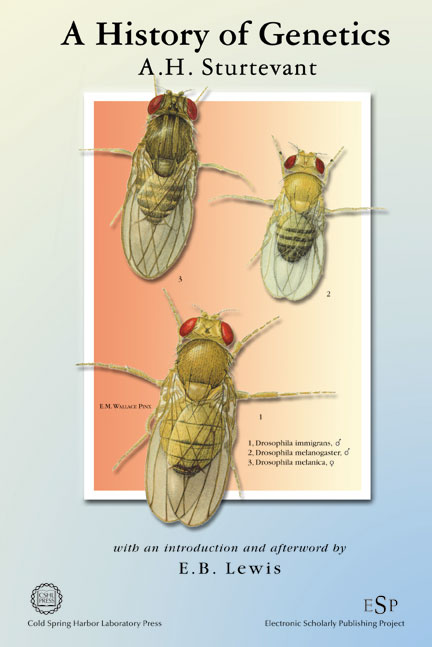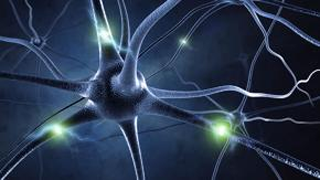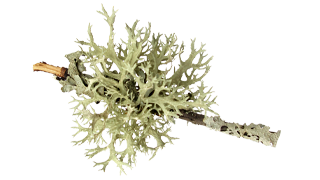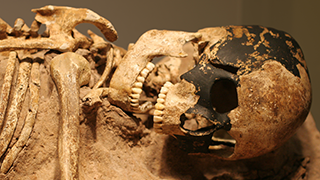In the early 1990's,
Robert Robbins
was a faculty member at Johns
Hopkins, where he directed the informatics core of GDB
— the human gene-mapping database of the international human
genome project. To share papers with colleagues around the world, he
set up a small paper-sharing section on his personal web page. This
small project evolved into The Electronic Scholarly
Publishing Project.
In 1995, Robbins became the VP/IT of the Fred Hutchinson Cancer Research
Center in Seattle, WA. Soon after arriving in Seattle, Robbins secured
funding, through the ELSI component of the US Human Genome Project, to
create the original ESP.ORG web site, with the formal goal of
providing free, world-wide access to the literature of classical genetics.
Although the methods of molecular biology can seem almost
magical to the uninitiated, the original
techniques of classical genetics are readily appreciated by one and
all: cross individuals that differ in some inherited trait, collect
all of the progeny, score their attributes, and propose mechanisms
to explain the patterns of inheritance observed.
In reading the early works of classical genetics, one is drawn, almost
inexorably, into ever more complex models, until molecular explanations
begin to seem both necessary and natural. At that point, the tools
for understanding genome research are at hand. Assisting readers reach
this point was the original goal of The Electronic Scholarly Publishing
Project.
Usage of the site grew rapidly and has remained high. Faculty began
to use the site for their assigned readings. Other on-line
publishers, ranging from The New York Times to Nature
referenced ESP materials in their own publications. Nobel laureates
(e.g., Joshua Lederberg) regularly used the
site and even wrote to suggest changes and improvements.
When the site began, no journals
were making their early content available in
digital format. As a result, ESP was obliged to digitize classic
literature before it could be made available. For many important
papers — such as
Mendel's original paper
or the
first genetic map
— ESP had to produce entirely new typeset versions of the works,
if they were to be available in a high-quality format.
Early support from the DOE component of the Human Genome Project was
critically important for getting the ESP project on a firm foundation.
Since that funding ended (nearly 20 years ago), the project has been
operated as a purely volunteer effort.
Anyone wishing to assist in these efforts should send an
email to Robbins.
















